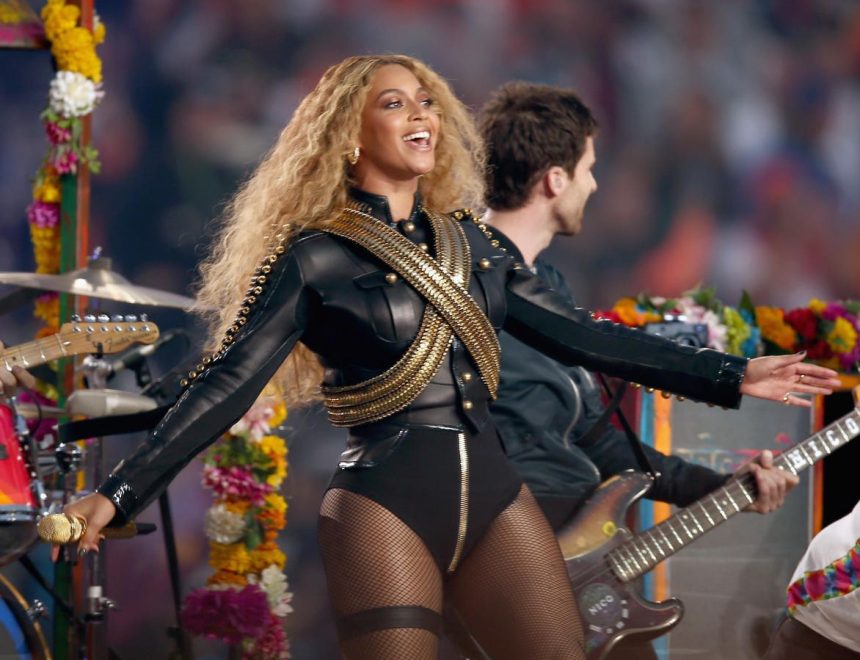The Super Bowl halftime show has evolved into a cultural phenomenon, a spectacle that transcends the game itself and captivates a global audience. It’s a platform for musical titans, where commercial appeal intersects with social messaging, and where legacy acts share the stage with contemporary stars. This grand stage has showcased a diverse range of artists, from pop icons to rock legends, rap revolutionaries to R&B divas. The most memorable performances combine electrifying showmanship, a catalog of beloved hits, and a touch of the unexpected, leaving an enduring mark on pop culture history. This exploration delves into the 20 most celebrated Super Bowl halftime performances, ranking them based on viewership, cultural impact, entertainment value, and how they’ve stood the test of time.
The lower end of the top 20 list features a mix of nostalgic collaborations and solo performances. Stevie Wonder and Gloria Estefan brought Miami flair to Super Bowl XXXIII in 1999, while Boyz II Men celebrated Motown’s legacy with a medley of classics in 1998. Bruno Mars’s 2014 debut, enhanced by the unexpected presence of the Red Hot Chili Peppers, set viewership records. Diana Ross’s 1996 whirlwind tour through her Supremes hits and Tom Petty’s understated yet powerful 2008 rock set showcased timeless musicality. The Weeknd’s 2021 performance offered a visually stunning spectacle during the pandemic, while Michael Jackson’s iconic 1993 show, though later marred by controversy, solidified the halftime show’s importance. The polarizing 2001 collaboration of Aerosmith, Britney Spears, ‘NSync, Nelly, and Mary J. Blige represents the early 2000s pop zeitgeist. Paul McCartney’s 2005 performance, following the “wardrobe malfunction” controversy of the previous year, provided a reassuring dose of classic rock. Madonna’s 2012 spectacle, featuring a star-studded lineup, pushed boundaries and set new viewership records.
The middle tier of the rankings highlights performances that blended musical prowess with cultural significance. Jennifer Lopez and Shakira’s 2020 Latin-infused extravaganza celebrated cultural pride and female empowerment. Katy Perry’s 2015 pop spectacle, featuring Missy Elliott and Lenny Kravitz, embraced playful theatricality. The Rolling Stones’ 2006 performance marked the arrival of rock royalty, albeit belatedly, to the Super Bowl stage. Lady Gaga’s 2017 show delivered a powerful message of inclusivity and acceptance. Bruce Springsteen’s 2009 performance epitomized the heartland rock spirit, embracing his working-class roots. Rihanna’s 2023 solo show, revealing her second pregnancy, combined musicality with a personal touch. U2’s 2002 performance, set against the backdrop of 9/11, offered a message of unity and resilience.
The highest echelon of Super Bowl halftime performances represent unforgettable moments in music and entertainment history. Prince’s 2007 show, a masterclass in musicianship and showmanship, showcased his unparalleled talent and electrifying stage presence. The 2022 hip-hop extravaganza featuring Dr. Dre, Snoop Dogg, 50 Cent, Mary J. Blige, Kendrick Lamar, and Eminem celebrated the genre’s evolution and cultural impact, generating countless memes and sparking conversations about artistic expression and social justice. Beyoncé’s 2013 performance, a mesmerizing display of vocal power and captivating choreography, solidified her status as a global icon.
Beyond the individual rankings, these performances offer a glimpse into the evolution of the Super Bowl halftime show itself. From its early days as a showcase for marching bands and college drill teams, it has transformed into a highly produced spectacle featuring the biggest names in music. The show has also become a platform for social commentary, with artists using their performances to address issues of diversity, inclusion, and social justice. The selection of performers often reflects current trends in popular culture, while also paying homage to musical legends and celebrating diverse genres.
The Super Bowl halftime show is more than just a musical interlude; it’s a cultural touchstone, a moment of shared experience for millions around the world. It’s a celebration of music, performance, and the power of entertainment to unite and inspire. The legacy of these performances continues to influence the shape of the show, setting the bar ever higher for future artists to create unforgettable moments on the world’s biggest stage. As the anticipation builds for future halftime shows, the question remains: who will rise to the challenge and etch their name into Super Bowl history?
Each performance carries its own unique story, reflecting the artist’s journey, musical style, and cultural influence. Some performances are remembered for their sheer spectacle, while others resonate for their emotional depth and social messaging. The best halftime shows manage to combine both, creating a memorable experience that transcends the game itself and becomes a part of the cultural conversation. The list of top 20 performances provides a starting point for exploring the rich history of the Super Bowl halftime show and appreciating the diverse array of artists who have graced its stage.
The evolution of the Super Bowl halftime show mirrors the evolution of popular music itself, reflecting changing tastes, technological advancements, and evolving social norms. From the early days of marching bands and novelty acts to the elaborate productions of today, the show has adapted to the times while maintaining its core purpose: to entertain and engage a massive audience. The show’s history is dotted with iconic moments, from Michael Jackson’s electrifying entrance to Prince’s mesmerizing guitar solo in the rain, each contributing to the show’s enduring legacy.
The selection of halftime performers is a carefully orchestrated process, balancing commercial appeal with artistic credibility and cultural relevance. The NFL often seeks artists who can connect with a broad audience while also offering something unique and memorable. The chosen performers are tasked with delivering a performance that captures the spirit of the occasion, celebrates the power of music, and leaves a lasting impression on viewers worldwide.
The Super Bowl halftime show represents the pinnacle of live musical performance, a platform where artists can showcase their talents to a global audience and cement their place in music history. It’s a testament to the power of music to transcend boundaries and connect people from all walks of life. As the Super Bowl continues to evolve, so too will its halftime show, promising even more spectacular performances and unforgettable moments in the years to come.



